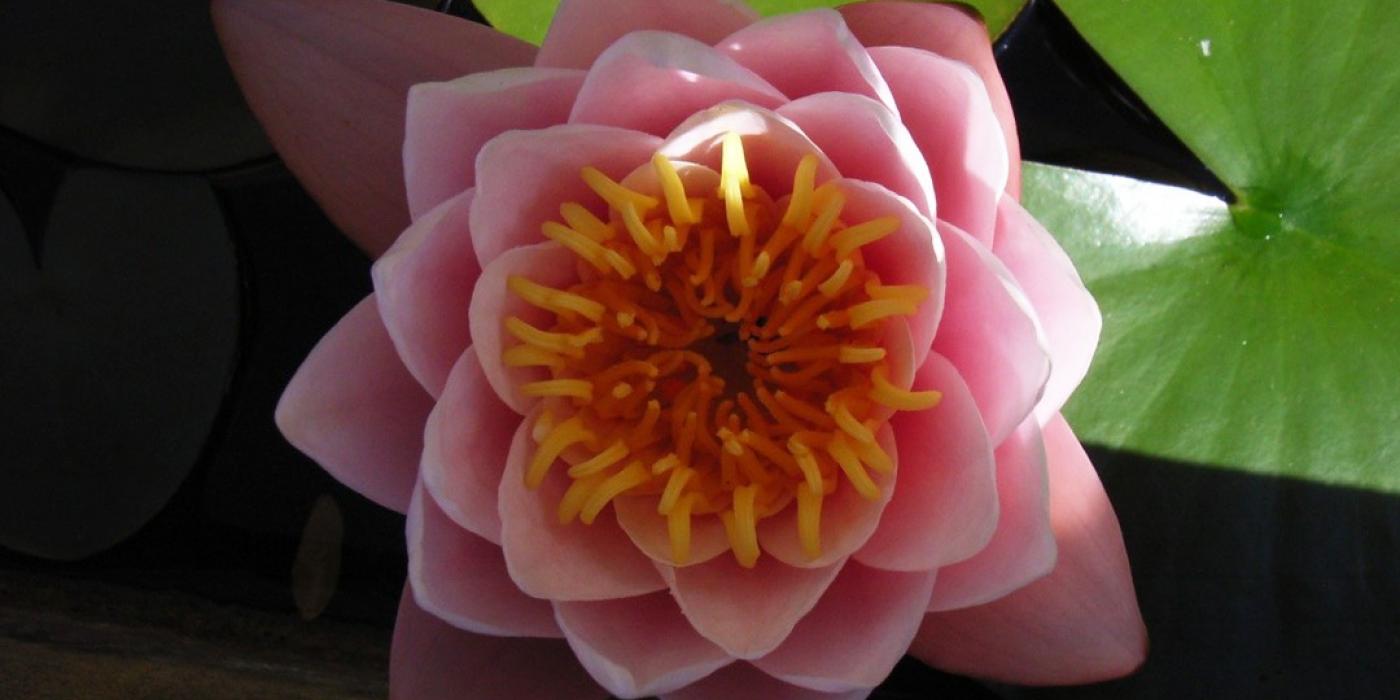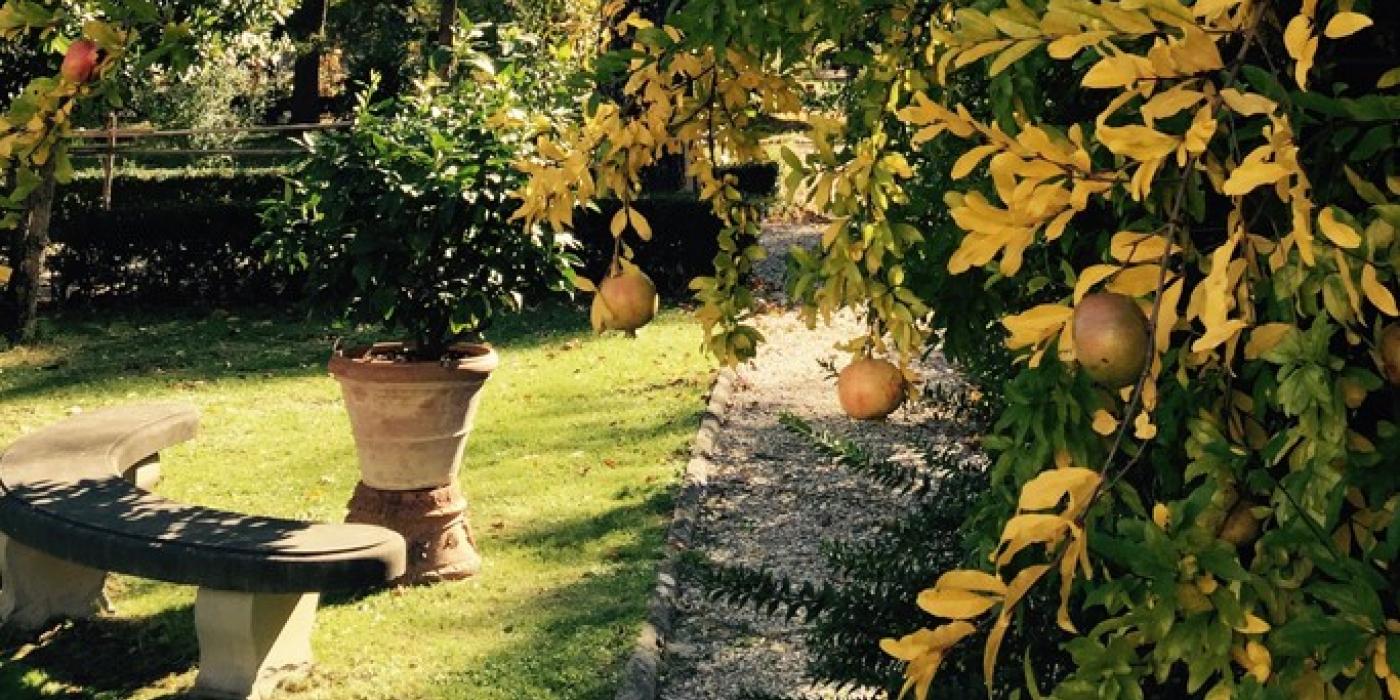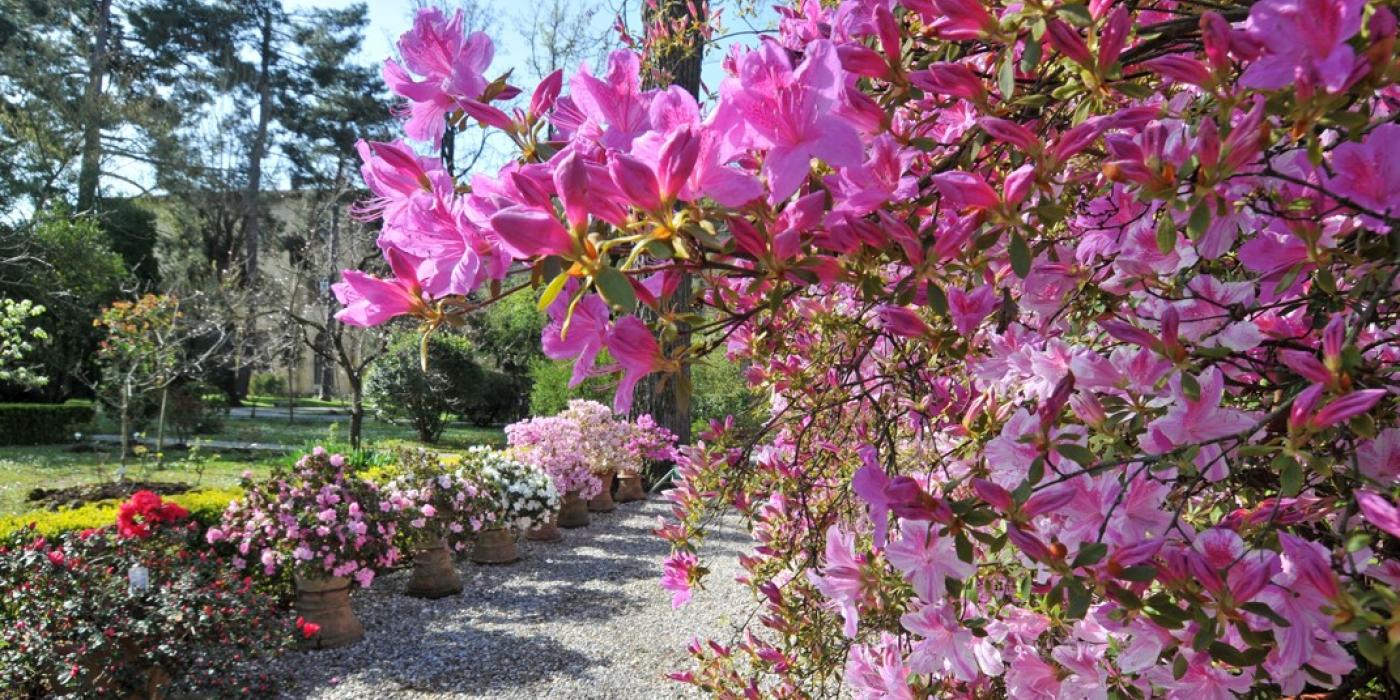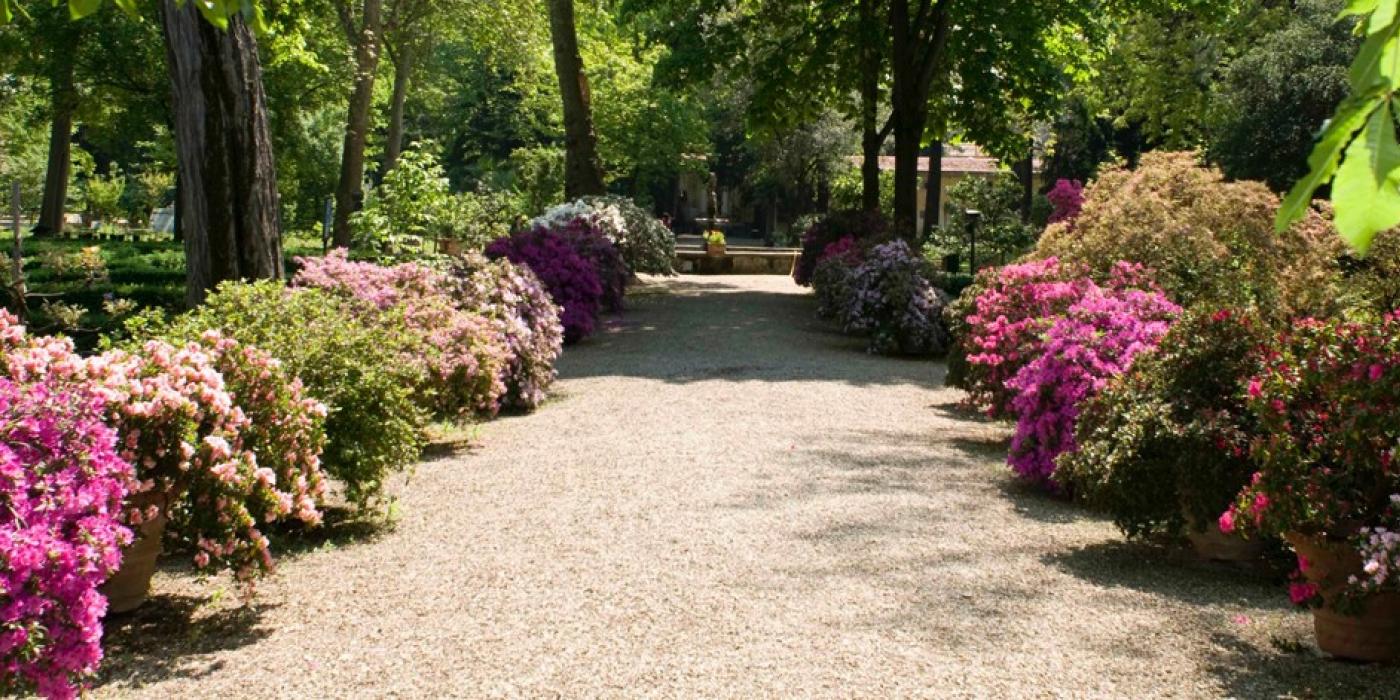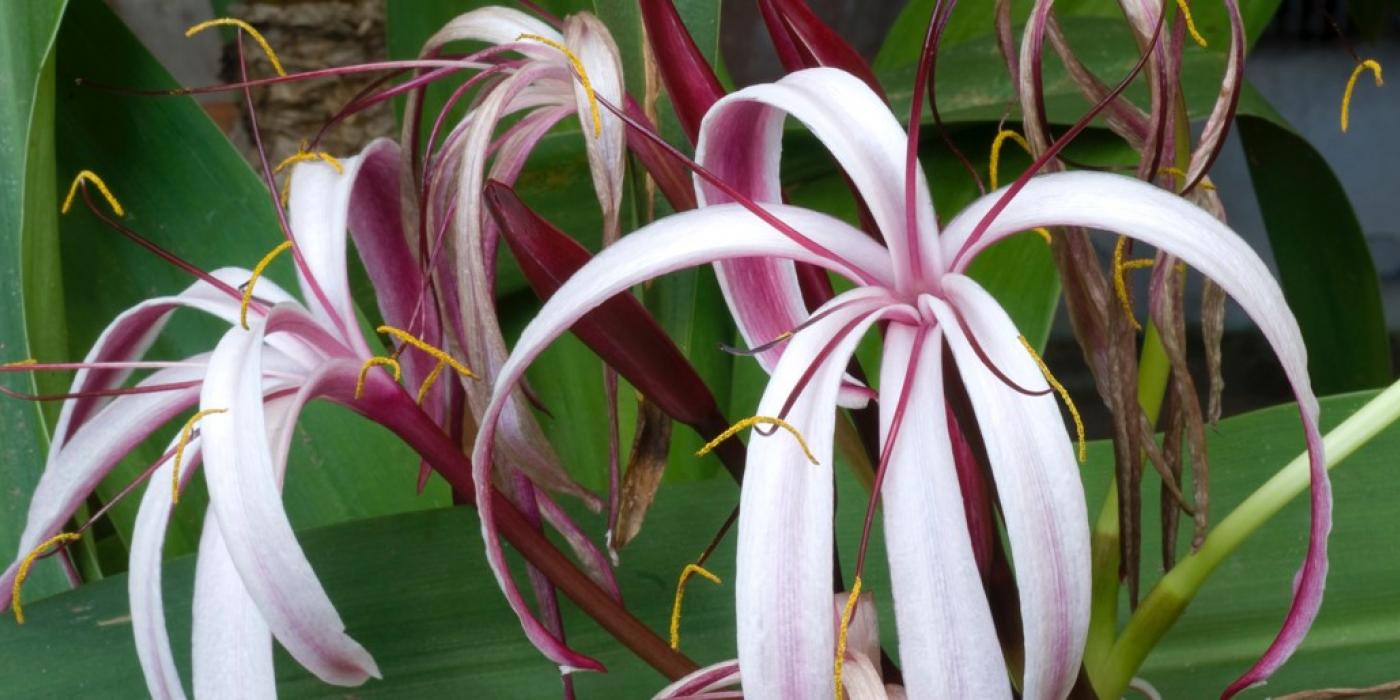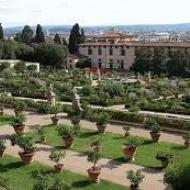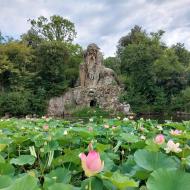This Botanical Garden or “Giardino dei Semplici” was created by the Medici as garden of medicinal plants (semplici) in 1545, making it among the oldest gardens in the world. It saw a period of great splendour between the 16th and 17th century and was enriched with many rare plants collected from all over the world, hence today we are able to enjoy precious collections. It covers an area of over two hectares, both indoor and outdoor. In the hot and cold greenhouses built in the 19th century, there are tropical and sub-tropical plants among which the Cicadee, Ficus, and Palms collections are particularly important, as well as an ancient collection of Citruses, succulent and aquatic plants, and a rich collection of plants with traditional, ethnobotanical uses. The outdoor area features edible plants, a reconstruction of an Italian garden, the gardens of medicinal and poisonous plants, the Zen garden, and two acclimatisation gardens for exotic plants. Three displays contain a small educational collection of carnivorous plants. During the spring, in front of the imposing cork trees, a seasonal exhibition is set-up with the impressive collection of ferns. The garden also is home to 94 shady and monumental trees, among which the Badger planted in 1720 – the most ancient plant of the Garden – and the Cork trees of 1805. The thematic itineraries are very interesting: the evolution of various species of vascular plants with numerous “living fossils”, the itinerary of ancient and modern roses and the sensorial, tactile and olfactory path for the visually impaired.
Access notes:
Direct access from the ticket office and entry into the first available visit slot.
Last admission half hour before closing.
Access for disabled:
Photo gallery
Museum timetables:
Related museums

